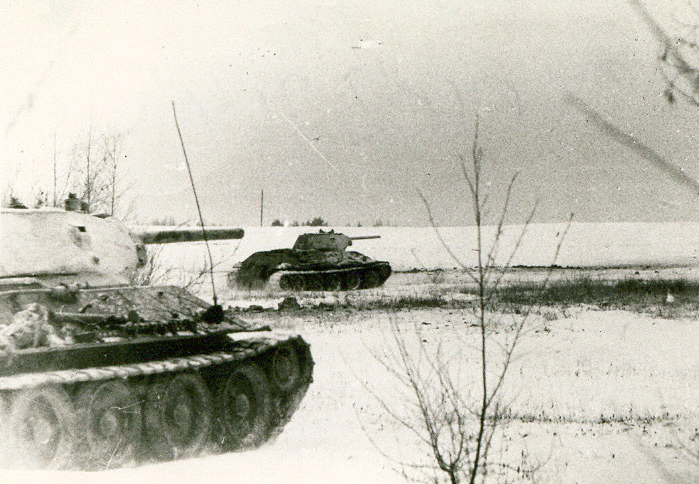The campaign took place in the northern section of the Eastern Front and consisted of two major phases: the Battle for the Narva Bridgehead (The game Army Group Narwa focuses on the first three months of this campaign) February to July 1944 and the Battle of Tannenberg Line (July–August 1944). The Soviet Kingisepp-Gdov Offensive and Narva Offensives (15-28 February, 1-4 March, and 18-24 March) were part of the Red Army Winter Spring Campaign of 1944. Following Stalin's "Broad Front" strategy, these battles coincided with the Dnieper-Carpathian Offensive. (December 1943 – April 1944) and the Lvov-Sandomierz Offensive (July–August 1944). A number of foreign volunteers and local Estonian Conscripts participated in the battle as part of the German forces. By giving its support to the illegal German conscription call, the Estonian Resistance Movement had hoped to recreate a national army and restore the independence of the country.
As a continuation of the Leningrad-Novgorod Offensive of January 1944, the Soviet Estonian operation pushed the front westward to the Narva river, aiming to destroy "Narwa" and to thrust deep into Estonia. The Soviet units established a number of bridgeheads on the opposite bank of the river in February. Subsequent attempts failed to expand their toehold. German counterattacks annihilated the bridgeheads to the north of Narva and reduced the bridgehead south of the town, stabilizing the front until July 1944. The Soviet Narva Offensive (July 1944) led to the capture of the city forcing the German troops to retreat to their prepared Tannenberg Defence Line in the Sinimaed hills 16 kilometres from Narva. In the ensuing fierce Battle of Tannenberg Line, the German army group held its ground. Stalin's main strategic goal—a quick recovery of Estonia as a base for air and seaborne attacks against Finland and an invasion of East Prussia—was not achieved. As a result of the tough defence of the German forces the Soviet war effort in the Baltic Sea region was hampered for seven and a half months.

What to Play:

No comments:
Post a Comment